HSBC 2010 Annual Report Download - page 268
Download and view the complete annual report
Please find page 268 of the 2010 HSBC annual report below. You can navigate through the pages in the report by either clicking on the pages listed below, or by using the keyword search tool below to find specific information within the annual report.-
 1
1 -
 2
2 -
 3
3 -
 4
4 -
 5
5 -
 6
6 -
 7
7 -
 8
8 -
 9
9 -
 10
10 -
 11
11 -
 12
12 -
 13
13 -
 14
14 -
 15
15 -
 16
16 -
 17
17 -
 18
18 -
 19
19 -
 20
20 -
 21
21 -
 22
22 -
 23
23 -
 24
24 -
 25
25 -
 26
26 -
 27
27 -
 28
28 -
 29
29 -
 30
30 -
 31
31 -
 32
32 -
 33
33 -
 34
34 -
 35
35 -
 36
36 -
 37
37 -
 38
38 -
 39
39 -
 40
40 -
 41
41 -
 42
42 -
 43
43 -
 44
44 -
 45
45 -
 46
46 -
 47
47 -
 48
48 -
 49
49 -
 50
50 -
 51
51 -
 52
52 -
 53
53 -
 54
54 -
 55
55 -
 56
56 -
 57
57 -
 58
58 -
 59
59 -
 60
60 -
 61
61 -
 62
62 -
 63
63 -
 64
64 -
 65
65 -
 66
66 -
 67
67 -
 68
68 -
 69
69 -
 70
70 -
 71
71 -
 72
72 -
 73
73 -
 74
74 -
 75
75 -
 76
76 -
 77
77 -
 78
78 -
 79
79 -
 80
80 -
 81
81 -
 82
82 -
 83
83 -
 84
84 -
 85
85 -
 86
86 -
 87
87 -
 88
88 -
 89
89 -
 90
90 -
 91
91 -
 92
92 -
 93
93 -
 94
94 -
 95
95 -
 96
96 -
 97
97 -
 98
98 -
 99
99 -
 100
100 -
 101
101 -
 102
102 -
 103
103 -
 104
104 -
 105
105 -
 106
106 -
 107
107 -
 108
108 -
 109
109 -
 110
110 -
 111
111 -
 112
112 -
 113
113 -
 114
114 -
 115
115 -
 116
116 -
 117
117 -
 118
118 -
 119
119 -
 120
120 -
 121
121 -
 122
122 -
 123
123 -
 124
124 -
 125
125 -
 126
126 -
 127
127 -
 128
128 -
 129
129 -
 130
130 -
 131
131 -
 132
132 -
 133
133 -
 134
134 -
 135
135 -
 136
136 -
 137
137 -
 138
138 -
 139
139 -
 140
140 -
 141
141 -
 142
142 -
 143
143 -
 144
144 -
 145
145 -
 146
146 -
 147
147 -
 148
148 -
 149
149 -
 150
150 -
 151
151 -
 152
152 -
 153
153 -
 154
154 -
 155
155 -
 156
156 -
 157
157 -
 158
158 -
 159
159 -
 160
160 -
 161
161 -
 162
162 -
 163
163 -
 164
164 -
 165
165 -
 166
166 -
 167
167 -
 168
168 -
 169
169 -
 170
170 -
 171
171 -
 172
172 -
 173
173 -
 174
174 -
 175
175 -
 176
176 -
 177
177 -
 178
178 -
 179
179 -
 180
180 -
 181
181 -
 182
182 -
 183
183 -
 184
184 -
 185
185 -
 186
186 -
 187
187 -
 188
188 -
 189
189 -
 190
190 -
 191
191 -
 192
192 -
 193
193 -
 194
194 -
 195
195 -
 196
196 -
 197
197 -
 198
198 -
 199
199 -
 200
200 -
 201
201 -
 202
202 -
 203
203 -
 204
204 -
 205
205 -
 206
206 -
 207
207 -
 208
208 -
 209
209 -
 210
210 -
 211
211 -
 212
212 -
 213
213 -
 214
214 -
 215
215 -
 216
216 -
 217
217 -
 218
218 -
 219
219 -
 220
220 -
 221
221 -
 222
222 -
 223
223 -
 224
224 -
 225
225 -
 226
226 -
 227
227 -
 228
228 -
 229
229 -
 230
230 -
 231
231 -
 232
232 -
 233
233 -
 234
234 -
 235
235 -
 236
236 -
 237
237 -
 238
238 -
 239
239 -
 240
240 -
 241
241 -
 242
242 -
 243
243 -
 244
244 -
 245
245 -
 246
246 -
 247
247 -
 248
248 -
 249
249 -
 250
250 -
 251
251 -
 252
252 -
 253
253 -
 254
254 -
 255
255 -
 256
256 -
 257
257 -
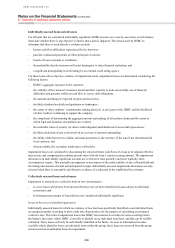 258
258 -
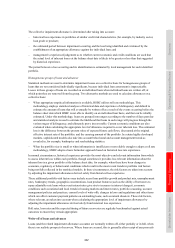 259
259 -
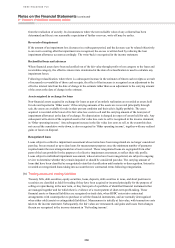 260
260 -
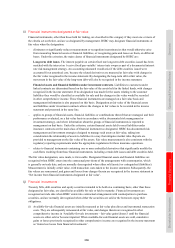 261
261 -
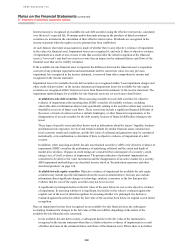 262
262 -
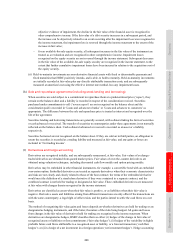 263
263 -
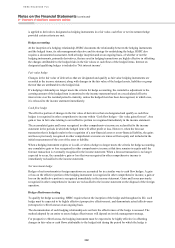 264
264 -
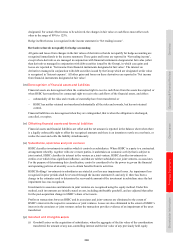 265
265 -
 266
266 -
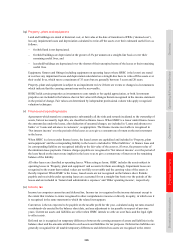 267
267 -
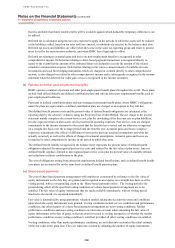 268
268 -
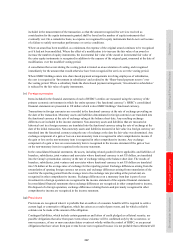 269
269 -
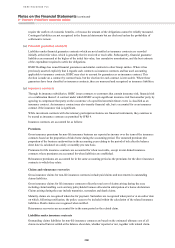 270
270 -
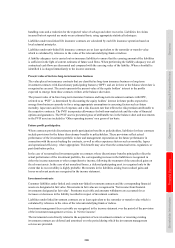 271
271 -
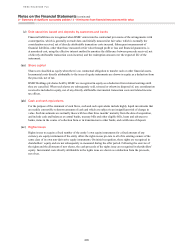 272
272 -
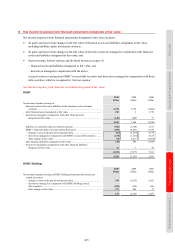 273
273 -
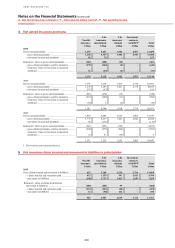 274
274 -
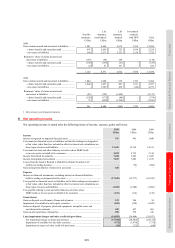 275
275 -
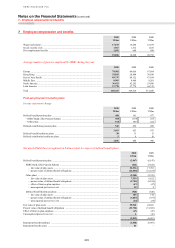 276
276 -
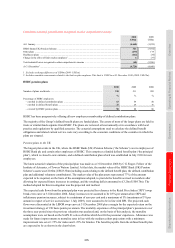 277
277 -
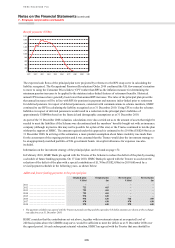 278
278 -
 279
279 -
 280
280 -
 281
281 -
 282
282 -
 283
283 -
 284
284 -
 285
285 -
 286
286 -
 287
287 -
 288
288 -
 289
289 -
 290
290 -
 291
291 -
 292
292 -
 293
293 -
 294
294 -
 295
295 -
 296
296 -
 297
297 -
 298
298 -
 299
299 -
 300
300 -
 301
301 -
 302
302 -
 303
303 -
 304
304 -
 305
305 -
 306
306 -
 307
307 -
 308
308 -
 309
309 -
 310
310 -
 311
311 -
 312
312 -
 313
313 -
 314
314 -
 315
315 -
 316
316 -
 317
317 -
 318
318 -
 319
319 -
 320
320 -
 321
321 -
 322
322 -
 323
323 -
 324
324 -
 325
325 -
 326
326 -
 327
327 -
 328
328 -
 329
329 -
 330
330 -
 331
331 -
 332
332 -
 333
333 -
 334
334 -
 335
335 -
 336
336 -
 337
337 -
 338
338 -
 339
339 -
 340
340 -
 341
341 -
 342
342 -
 343
343 -
 344
344 -
 345
345 -
 346
346 -
 347
347 -
 348
348 -
 349
349 -
 350
350 -
 351
351 -
 352
352 -
 353
353 -
 354
354 -
 355
355 -
 356
356 -
 357
357 -
 358
358 -
 359
359 -
 360
360 -
 361
361 -
 362
362 -
 363
363 -
 364
364 -
 365
365 -
 366
366 -
 367
367 -
 368
368 -
 369
369 -
 370
370 -
 371
371 -
 372
372 -
 373
373 -
 374
374 -
 375
375 -
 376
376 -
 377
377 -
 378
378 -
 379
379 -
 380
380 -
 381
381 -
 382
382 -
 383
383 -
 384
384 -
 385
385 -
 386
386 -
 387
387 -
 388
388 -
 389
389 -
 390
390 -
 391
391 -
 392
392 -
 393
393 -
 394
394 -
 395
395 -
 396
396
 |
 |

HSBC HOLDINGS PLC
Notes on the Financial Statements (continued)
2 – Summary of significant accounting policies
266
that it is probable that future taxable profits will be available against which deductible temporary differences can
be utilised.
Deferred tax is calculated using the tax rates expected to apply in the periods in which the assets will be realised
or the liabilities settled, based on tax rates and laws enacted, or substantively enacted, by the balance sheet date.
Deferred tax assets and liabilities are offset when they arise in the same tax reporting group and relate to income
taxes levied by the same taxation authority, and when HSBC has a legal right to offset.
Deferred tax relating to actuarial gains and losses on post-employment benefits is recognised in other
comprehensive income. Deferred tax relating to share-based payment transactions is recognised directly in
equity to the extent that the amount of the estimated future tax deduction exceeds the amount of the related
cumulative remuneration expense. Deferred tax relating to fair value re-measurements of available-for-sale
investments and cash flow hedging instruments which are charged or credited directly to other comprehensive
income, is also charged or credited to other comprehensive income and is subsequently recognised in the income
statement when the deferred fair value gain or loss is recognised in the income statement.
(t) Pension and other post-employment benefits
HSBC operates a number of pension and other post-employment benefit plans throughout the world. These plans
include both defined benefit and defined contribution plans and various other post-employment benefits such as
post-employment healthcare.
Payments to defined contribution plans and state-managed retirement benefit plans, where HSBC’s obligations
under the plans are equivalent to a defined contribution plan, are charged as an expense as they fall due.
The defined benefit pension costs and the present value of defined benefit obligations are calculated at the
reporting date by the schemes’ actuaries using the Projected Unit Credit Method. The net charge to the income
statement mainly comprises the current service cost, plus the unwinding of the discount rate on plan liabilities,
less the expected return on plan assets, and is presented in operating expenses. Past service costs are charged
immediately to the income statement to the extent that the benefits have vested, and are otherwise recognised
on a straight-line basis over the average period until the benefits vest. Actuarial gains and losses comprise
experience adjustments (the effects of differences between the previous actuarial assumptions and what has
actually occurred), as well as the effects of changes in actuarial assumptions. Actuarial gains and losses are
recognised in other comprehensive income in the period in which they arise.
The defined benefit liability recognised in the balance sheet represents the present value of defined benefit
obligations adjusted for unrecognised past service costs and reduced by the fair value of plan assets. Any net
defined benefit surplus is limited to unrecognised past service costs plus the present value of available refunds
and reductions in future contributions to the plan.
The cost of obligations arising from other post-employment defined benefit plans, such as defined benefit health-
care plans, are accounted for on the same basis as defined benefit pension plans.
(u) Share-based payments
The cost of share-based payment arrangements with employees is measured by reference to the fair value of
equity instruments on the date they are granted and recognised as an expense on a straight-line basis over the
vesting period, with a corresponding credit to the ‘Share-based payment reserve’. The vesting period is the
period during which all the specified vesting conditions of a share-based payment arrangement are to be
satisfied. The fair value of equity instruments that are made available immediately, with no vesting period
attached to the award, are expensed immediately.
Fair value is determined by using appropriate valuation models, taking into account the terms and conditions
upon which the equity instruments were granted. Vesting conditions include service conditions and performance
conditions; any other features of a share-based payment arrangement are non-vesting conditions. Market
performance conditions and non-vesting conditions are taken into account when estimating the fair value of
equity instruments at the date of grant, so that an award is treated as vesting irrespective of whether the market
performance condition or non-vesting condition is satisfied, provided all other vesting conditions are satisfied.
Vesting conditions, other than market performance conditions, are not taken into account in the initial estimate
of the fair value at the grant date. They are taken into account by adjusting the number of equity instruments
